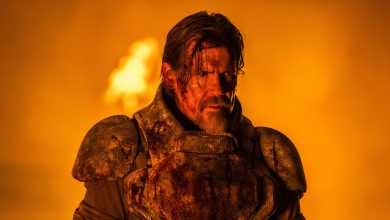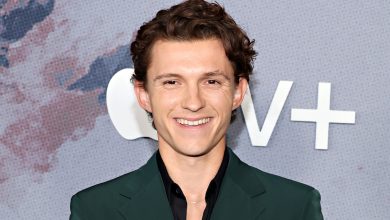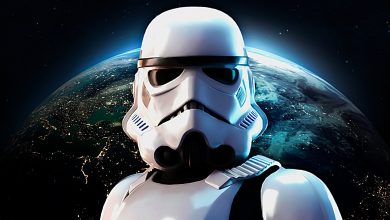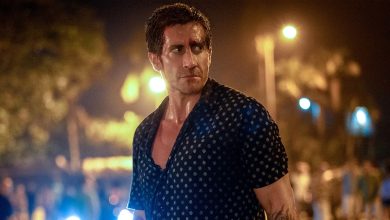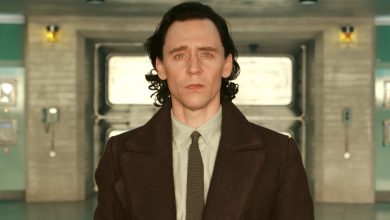Why Is Disney No Longer Ruling The World Of Feature-Length Animation?
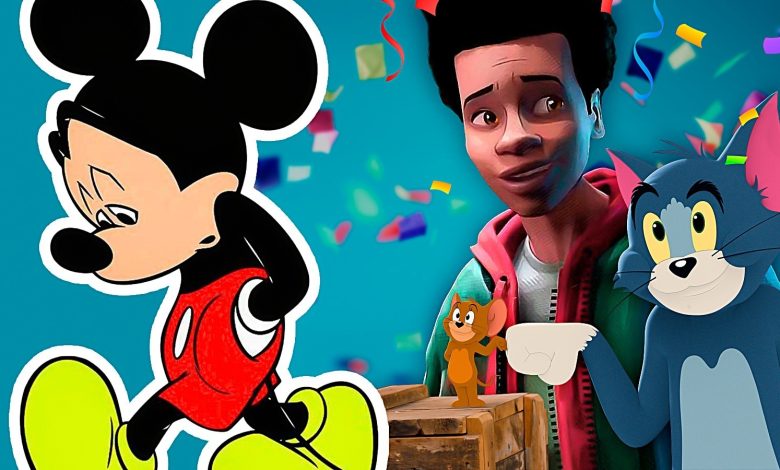
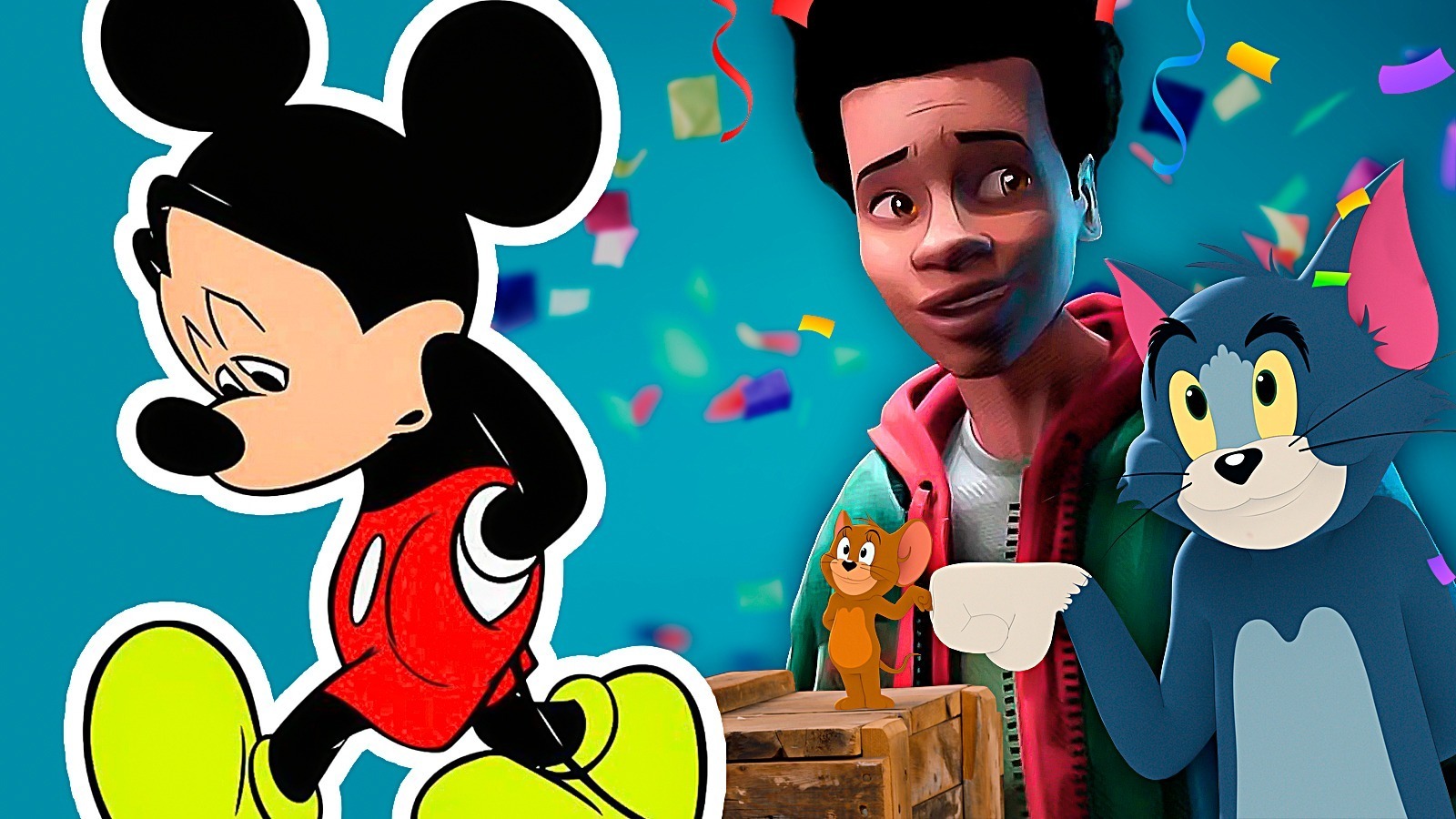
One of the great joys of Disney’s recent animated releases was Domee Shi’s feature-length directorial debut “Turning Red.” A feature set in Toronto at the dawn of the 21st century, “Turning Red” has a zippy sense of humor to it and a heavily stylized animation style that immediately sets it apart from other Pixar Animation Studios features. These and other qualities (such as its frank approach to discussing puberty) made “Turning Red” feel like something that was made for the sensibilities of modern audiences. Unfortunately, Disney’s animated films have often struggled to reach those kinds of creative highs beyond “Turning Red,” with many of the company’s titles seeming out of tune with what today’s young audiences are interested in watching.
Something like “Onward,” for instance, featured a vision of “modern” fantasy life too derivative of other animated family movies. “Lightyear” was enamored with creating a lengthy homage meant to placate ’90s kids, while “Strange World’s” retro-adventure aesthetic was too old-fashioned for its own good. Compare that to competing animated films like “Spider-Man: Across the Spider-Verse” or “The Mitchells vs. The Machines,” which feature decidedly modern stories told with visuals that feel fresh and exciting. Other major animated movies have been able to keep up with the times, but save for occasional gems like “Turning Red,” Disney’s recent animated output has felt retro in all the wrong ways.
